Ntdll.dll Crashing on Windows? Here’s the Fix!
Ntdll.dll is a Windows system file located in the c:\windows\system32 or c:\winnt\system32 directory. The ntdll.dll file contains NT kernel functions, so it is necessary for the normal operation of the Windows operating system.
While this file mostly works silently in the background, there are times when it crashes or fails to execute operations properly. This typically happens when more than one programs try to access it at the same time. Some other reasons include an outdated operating system and generic corruption errors within the program.
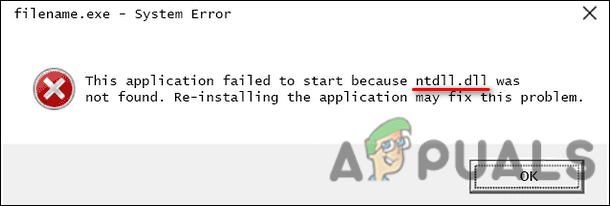
Below, we have listed several methods of fixing the Ntdll.dll crashing issue that did the trick for other users. Proceed with the one that suits you the best.
Restore the ntdll.dll file
The easiest way to get the missing ntdll.dll file is by installing them from DLL-files.com Client. Here is what you need to do:
- Download and install the DLL-files.com Client.
- Run the downloaded program.
- Type “ntdll.dll” in the search box and hit the Search for DLL file button.

Click the Search for the DLL file - Select the ntdll.dll option available on your screen and click on the Install button.
- Once done, check if the Ntdll.dll issue is resolved.
Install Pending Updates
You are likely to face issues like the one at hand if your operating system hasn’t been updated in quite a while. An outdated system is prone to corruption errors and malware, which not just prevent applications from working (mainly due to incompatibility) but also leave your system vulnerable to cyberattacks and security threats.
This is why it is important to install the new updates as soon as they are released. Updates contain the latest features and bug fixes, and so may assist you in solving your problem.
Here is how you can install the latest updates if you have not done so in a while:
- Type Updates & Security in the search area of the taskbar and click Open.
- Select Windows Update from the left panel and then hit the Check for updates button as shown below.

Check for updates - This will initiate a scan for the updates. If the system identifies any updates that need to be installed, take your time to install them one by one.
- Once done, restart your PC and check if the issue is resolved.
If the error persists, proceed with the next method below.
Run an SFC Scan
The ntdll.dll process might also be crashing due to a corruption error within the protected system files of your Windows. To check if this is the case, you can try running the System File Checker (SFC) utility.
This utility is built into the Windows operating system and is specifically designed to scan the system files for inconsistencies. If it detects any issues, it will automatically replace the corrupted files with a cached copy that is located in a compressed folder at %WinDir%\System32\dllcache.
Here is how you can run an SFC scan on Windows 11:
- Open a Run dialog box by pressing Windows + R keys together.
- Type cmd in the text field of Run, and press Ctrl + Shift + Enter to launch elevated Command Prompt.
- In the Command Prompt window, type the command below and click Enter to execute it.
sfc /scannow

Deploy an SFC scan - Once the Command is executed, check if the Ntdll.dll issue appears again.
Use the Program Compatibility Troubleshooter
There are times when programs that are poorly written eventually become incompatible with the latest versions of the operating system (mainly after you install significant updates). This leads to crashing problems when you attempt to launch and run those programs. Several users reported that they were facing the ntdll.dll crashing problem when trying to run an incompatible program, and were able to fix it by running the Program Compatibility troubleshooter.
This is why, it’s a good idea to run the compatibility troubleshooter if you have doubts about your program’s compatibility. Here is how you can do so:
- Right-click on the problematic application and select Properties from the context menu.
- Head over to the Compatibility tab and click Run compatibility troubleshooter.
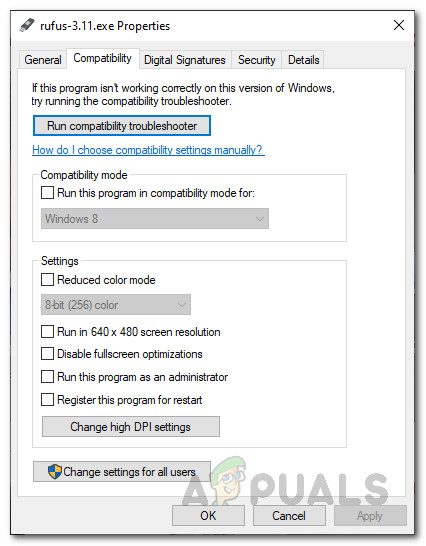
Compatibility Tab - Follow the on-screen instructions to proceed, and then check if doing so resolves the issue.
- If doing so does not resolve the problem as well, then in the same Properties dialog, go to the Compatibility tab and checkmark the box for Run this program in compatibility mode. Choose a Windows version from the drop-down menu under this option.
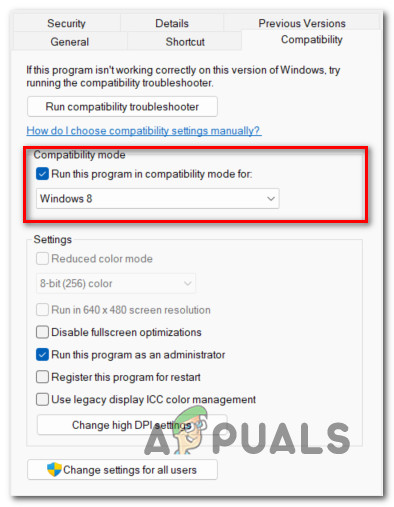
Running in compatibility mode - Then, checkmark the box for Run this program as an administrator in the same dialog and hit OK.
- Check if doing so resolves the Ntdll.dll issue.
Use System Restore
A restore point is essentially a snapshot of your PC’s software, registry, and driver configuration at a particular point in time. This will allow you to return your PC to a previous point in time when no errors were present as the one at hand.
Here is how to revert the system back to a previous state when the error didn’t exist:
- Type Control Panel in the search bar and click Open.
- Inside the Control Panel window, select System and Security.

Accessing the System and Security tab - Now open System.
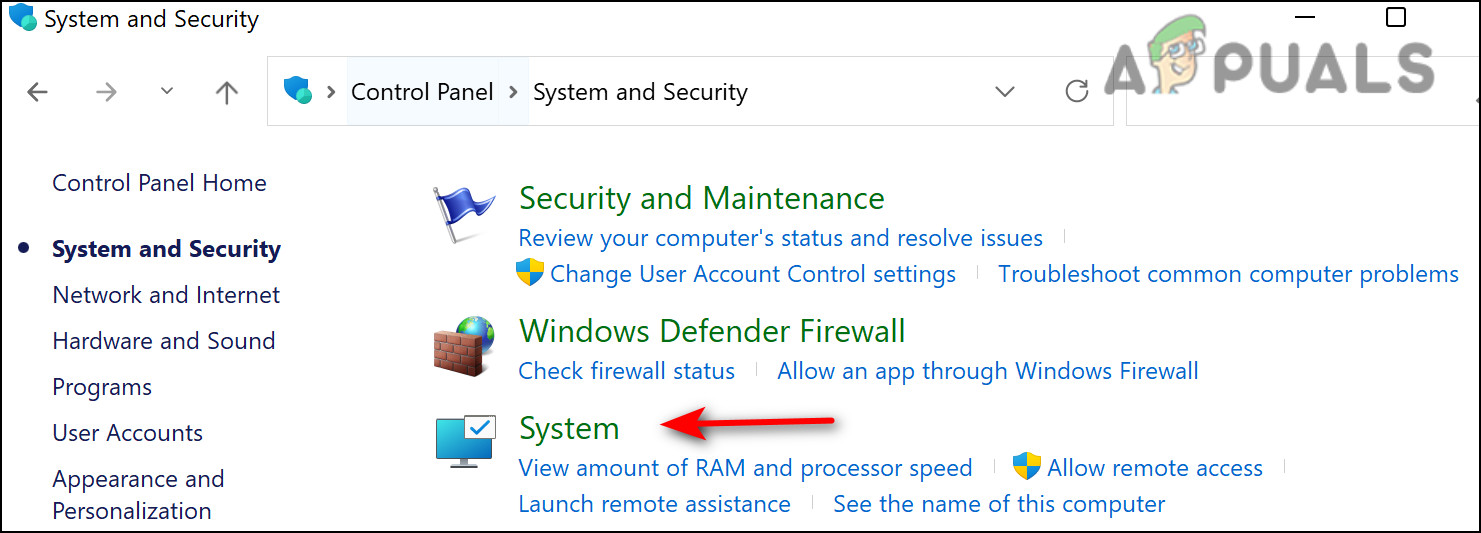
Open security - Choose System Protection.
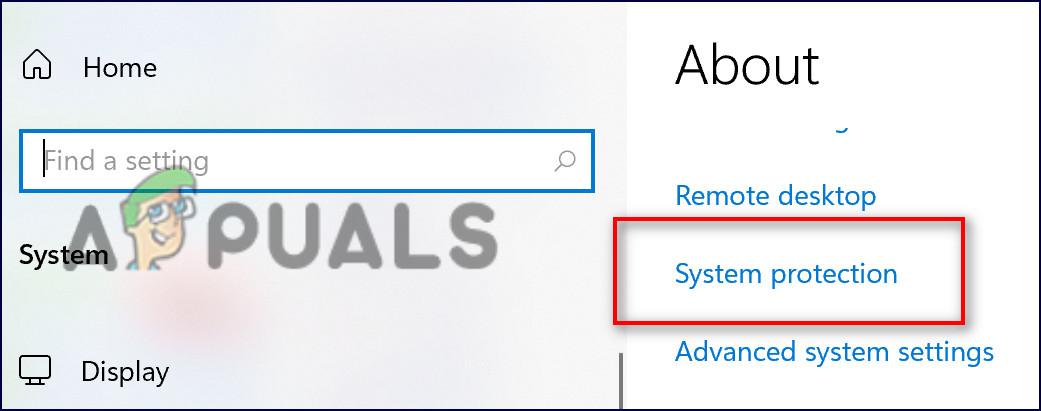
Open system protection - Click System Restore from the System Protection tab.
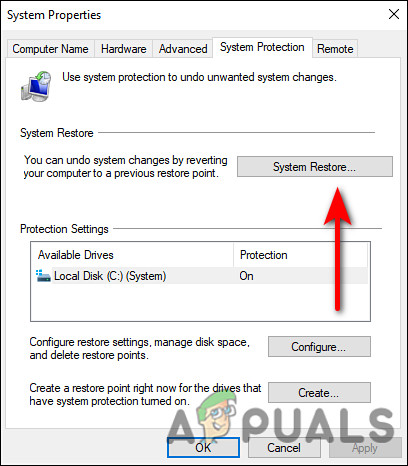
Hit the Restore button - Next, follow the instructions to restore the system. When prompted, choose Recommended Restore.
- Once you follow the instructions, the system should be restored to a previous state. The system will restart afterward.
- After logging in again you should see a window saying ‘System Restore Completed Successfully’.
Hopefully, this will fix the ntdll.dll issue. However, if you are still unable to run your desired application, then consider uninstalling it and then reinstall the latest version.





